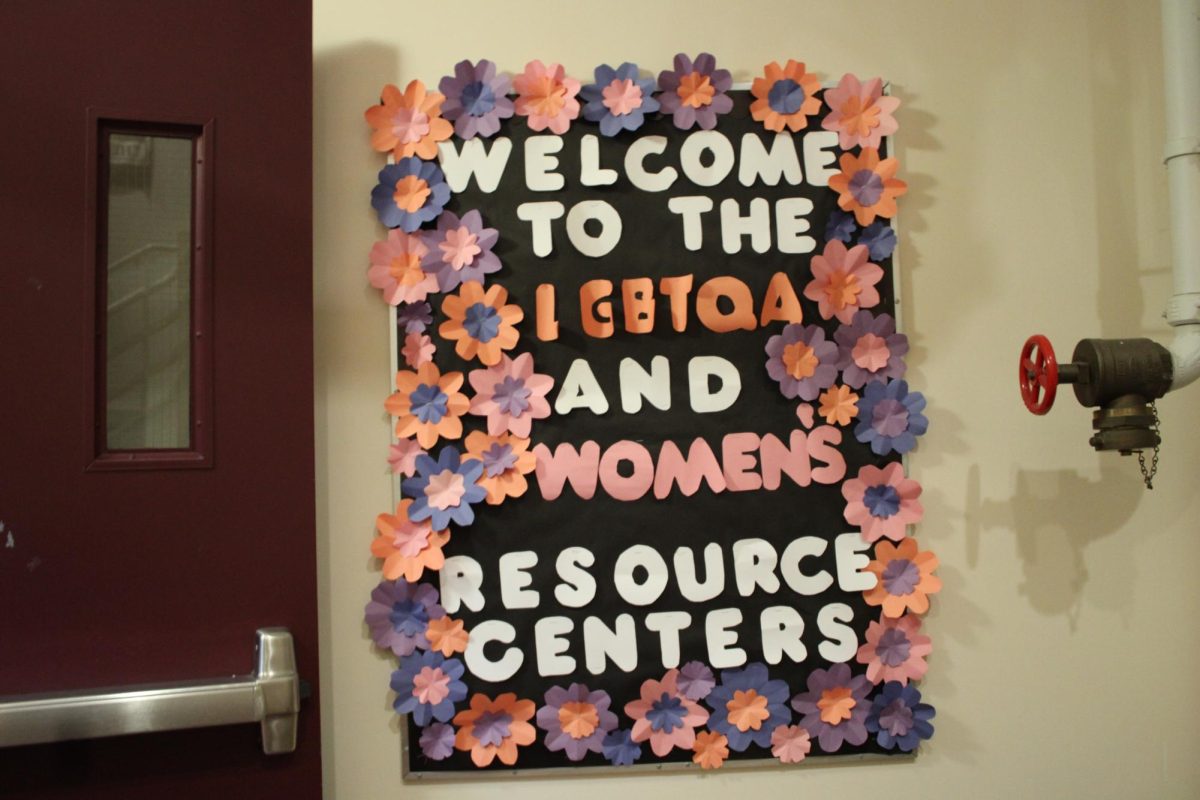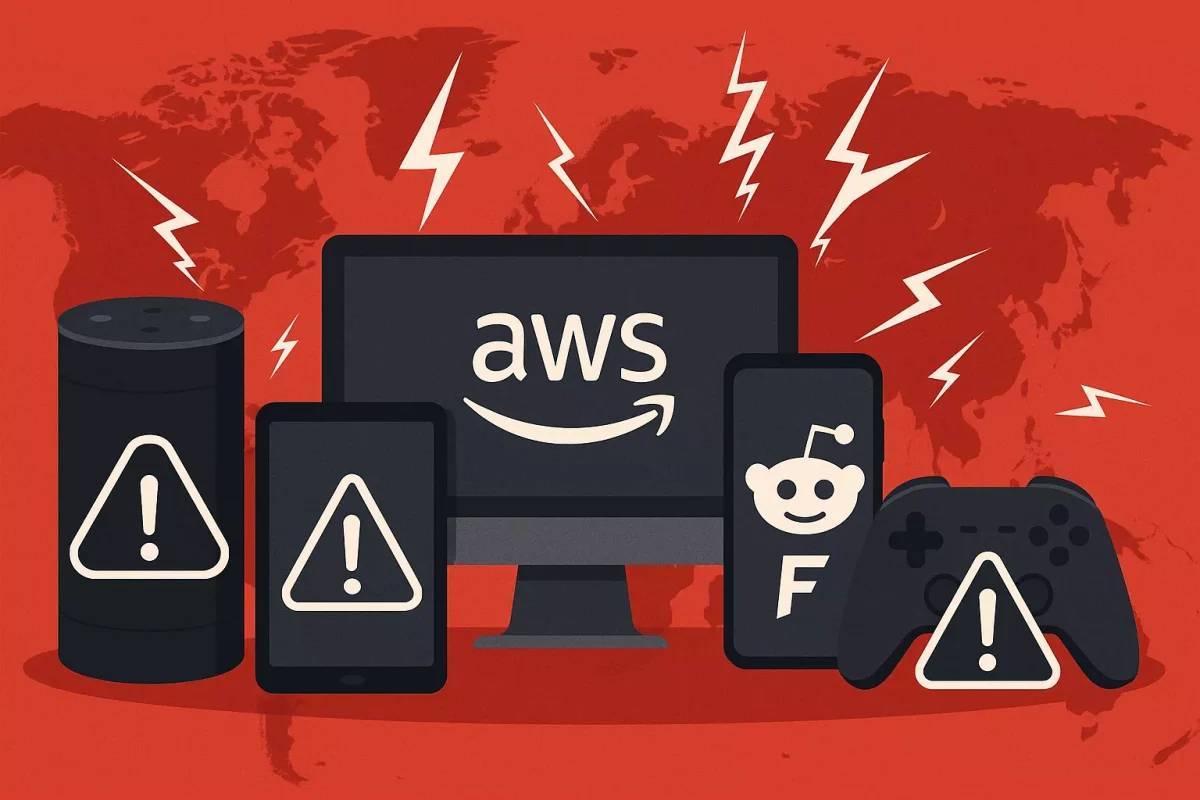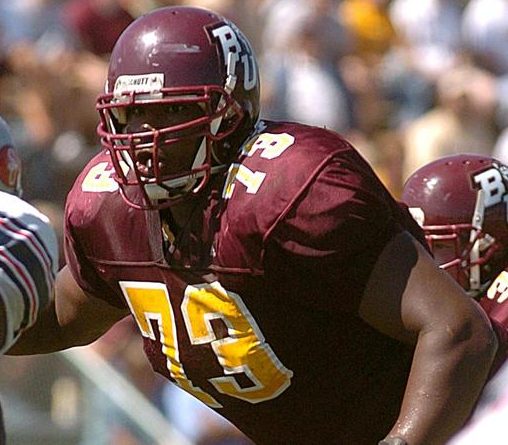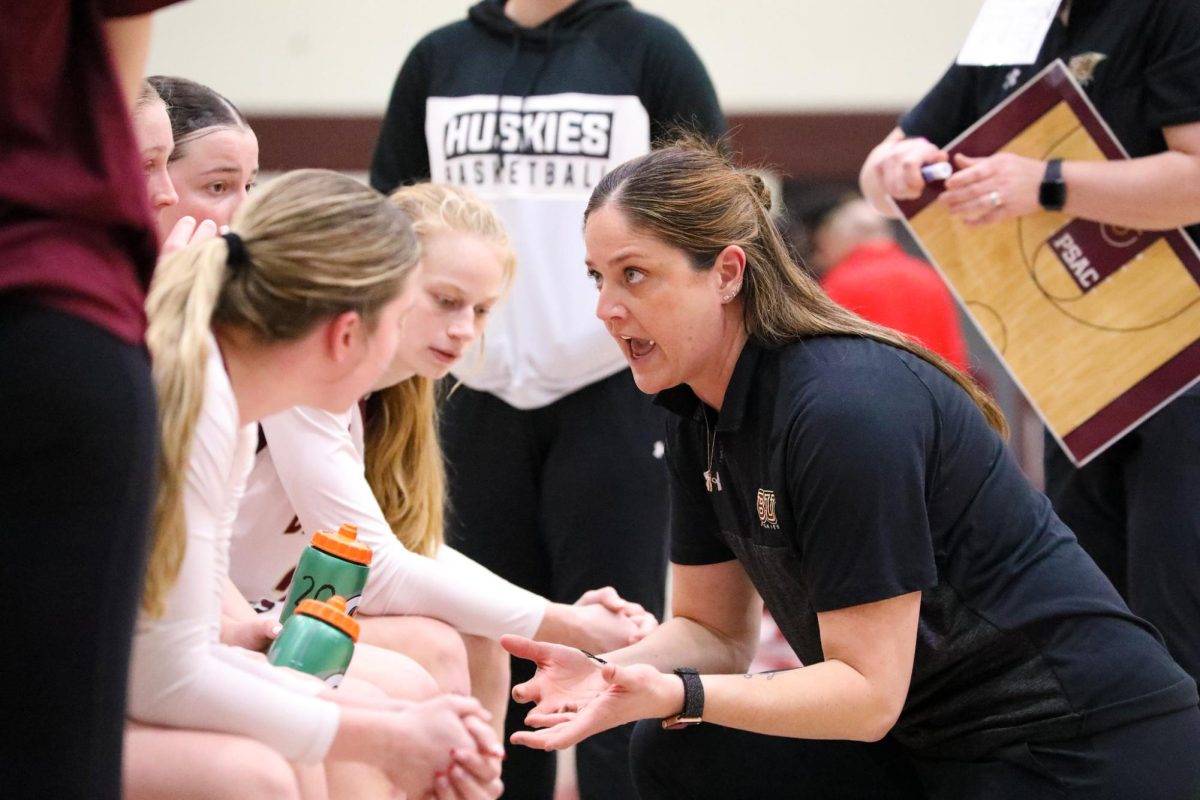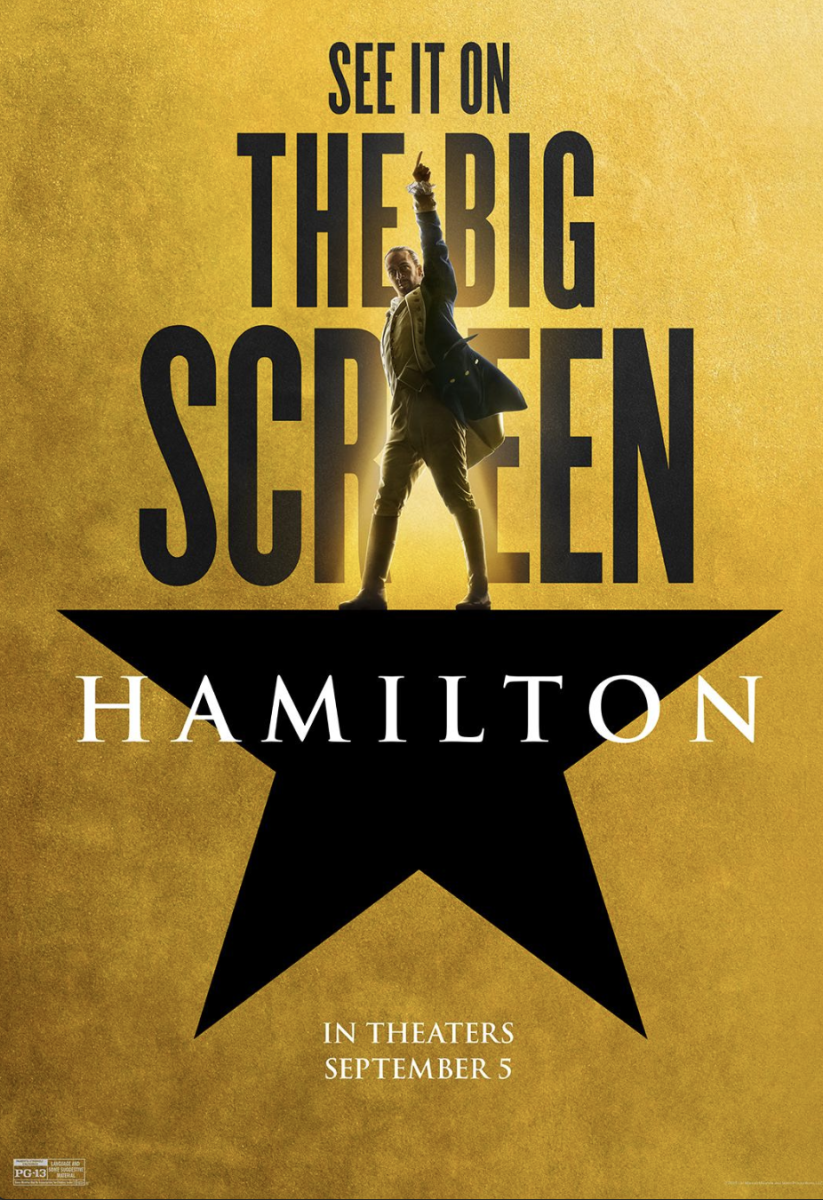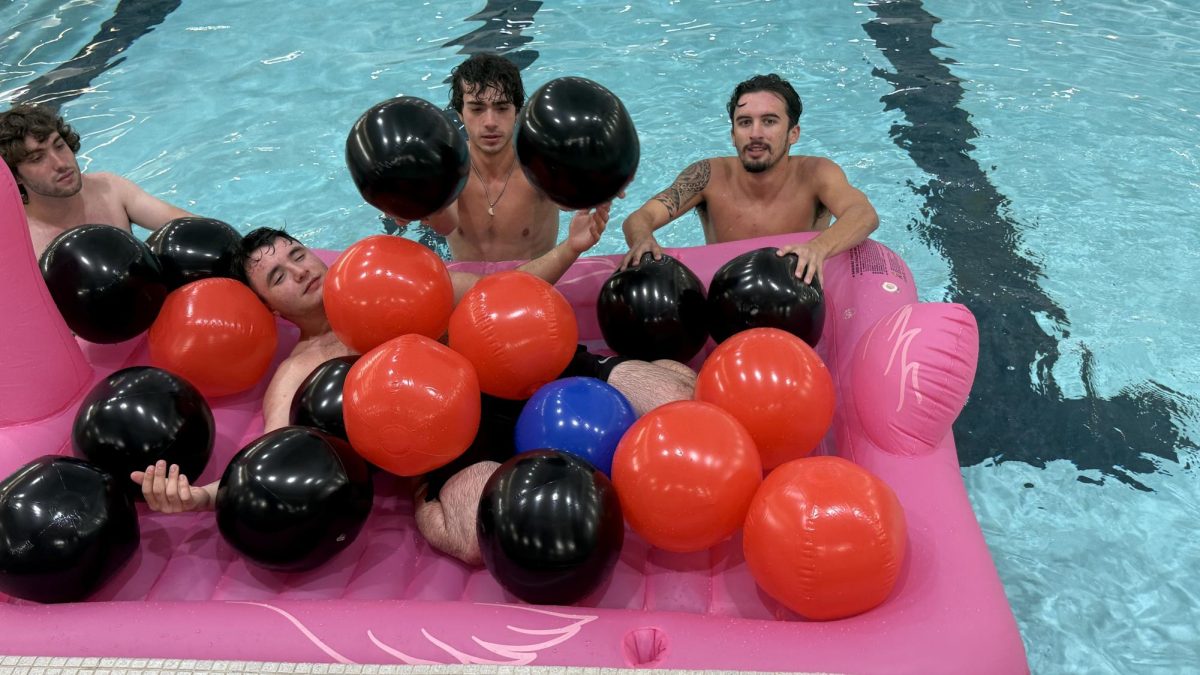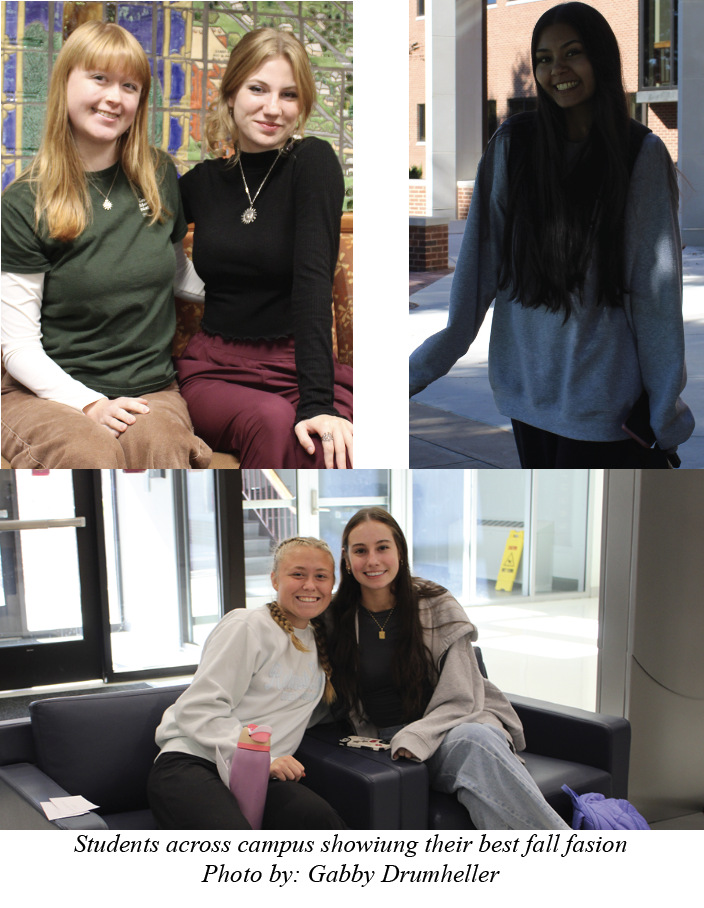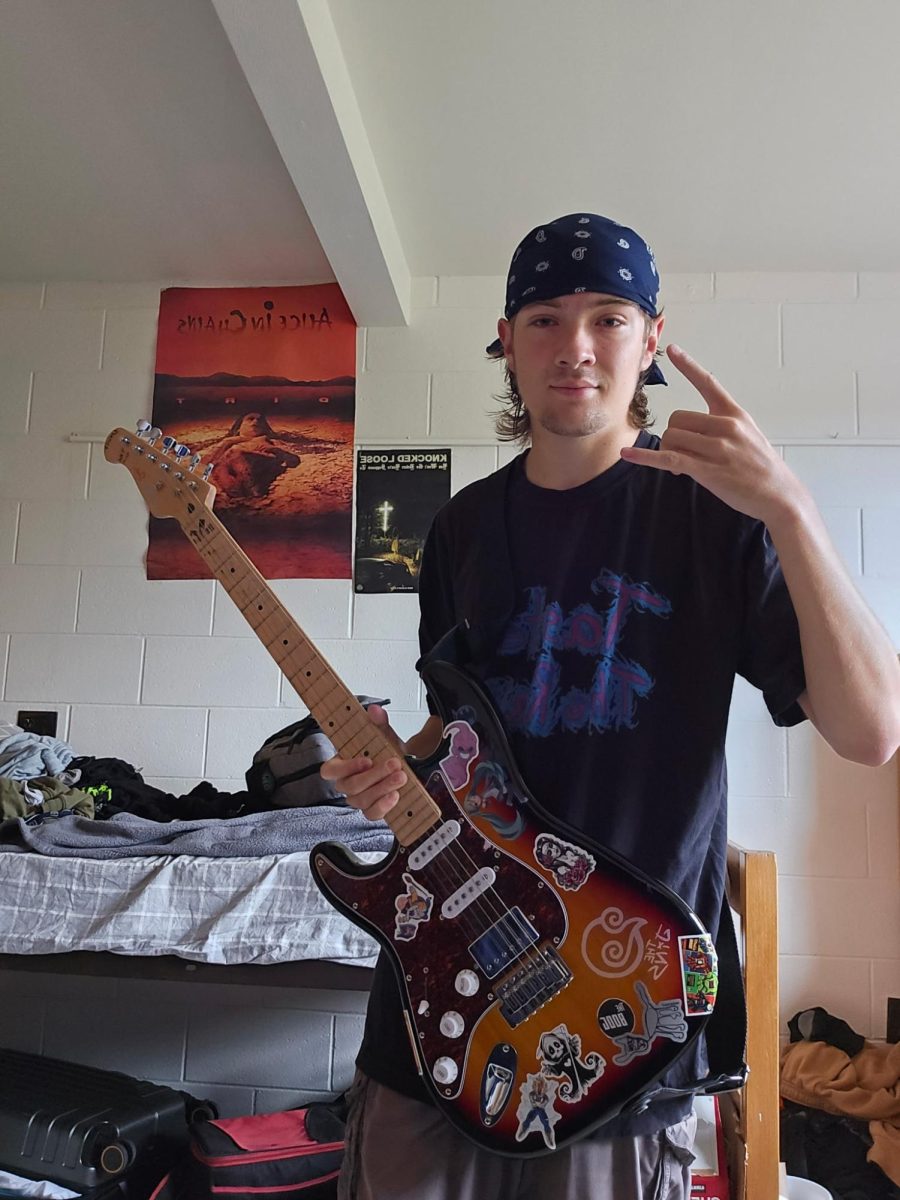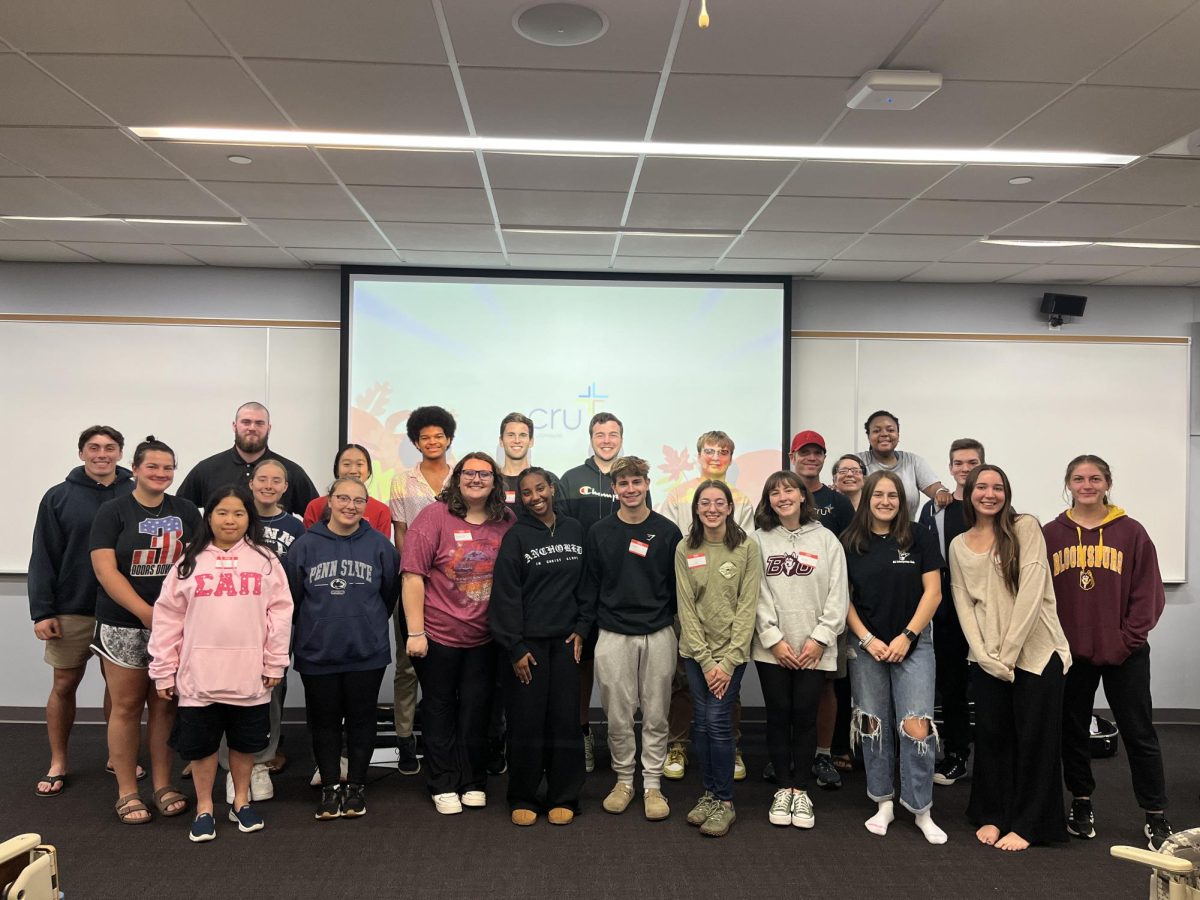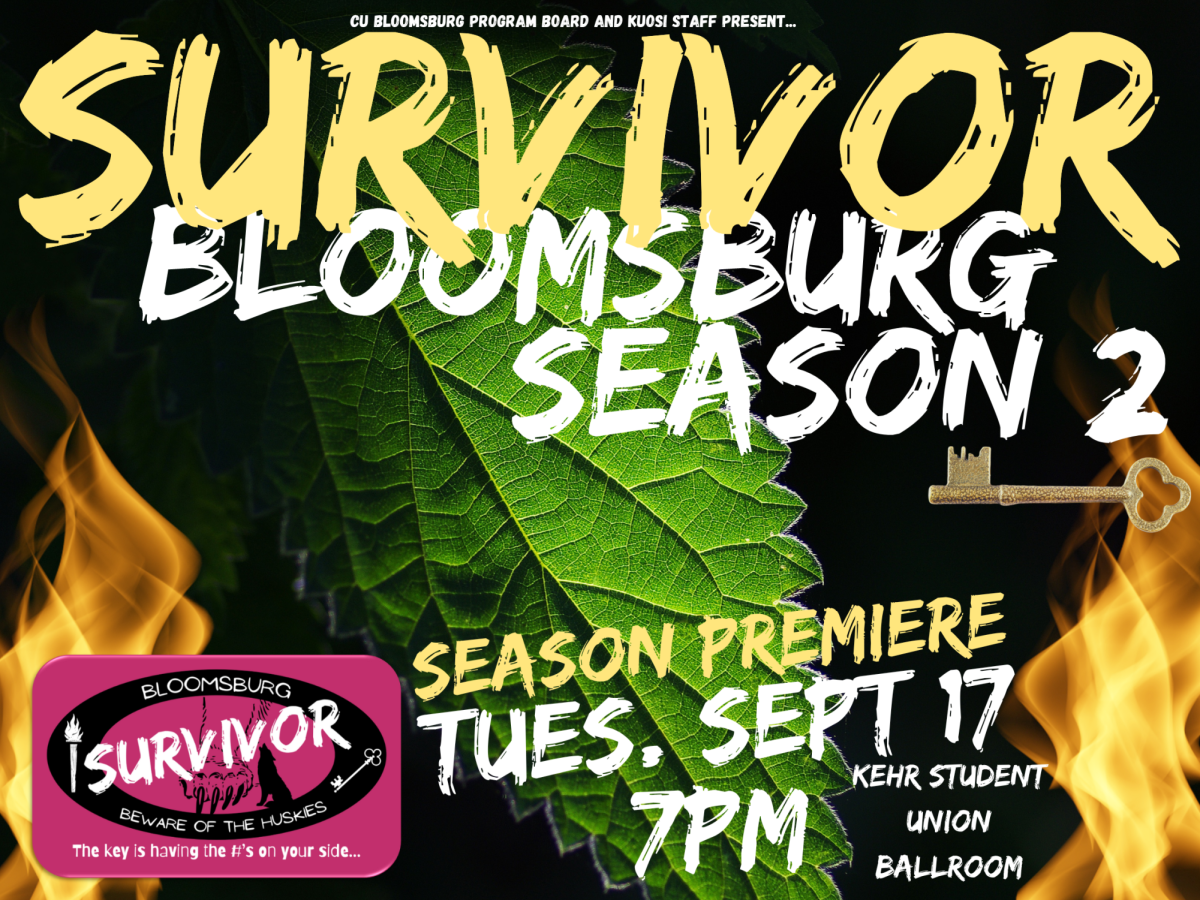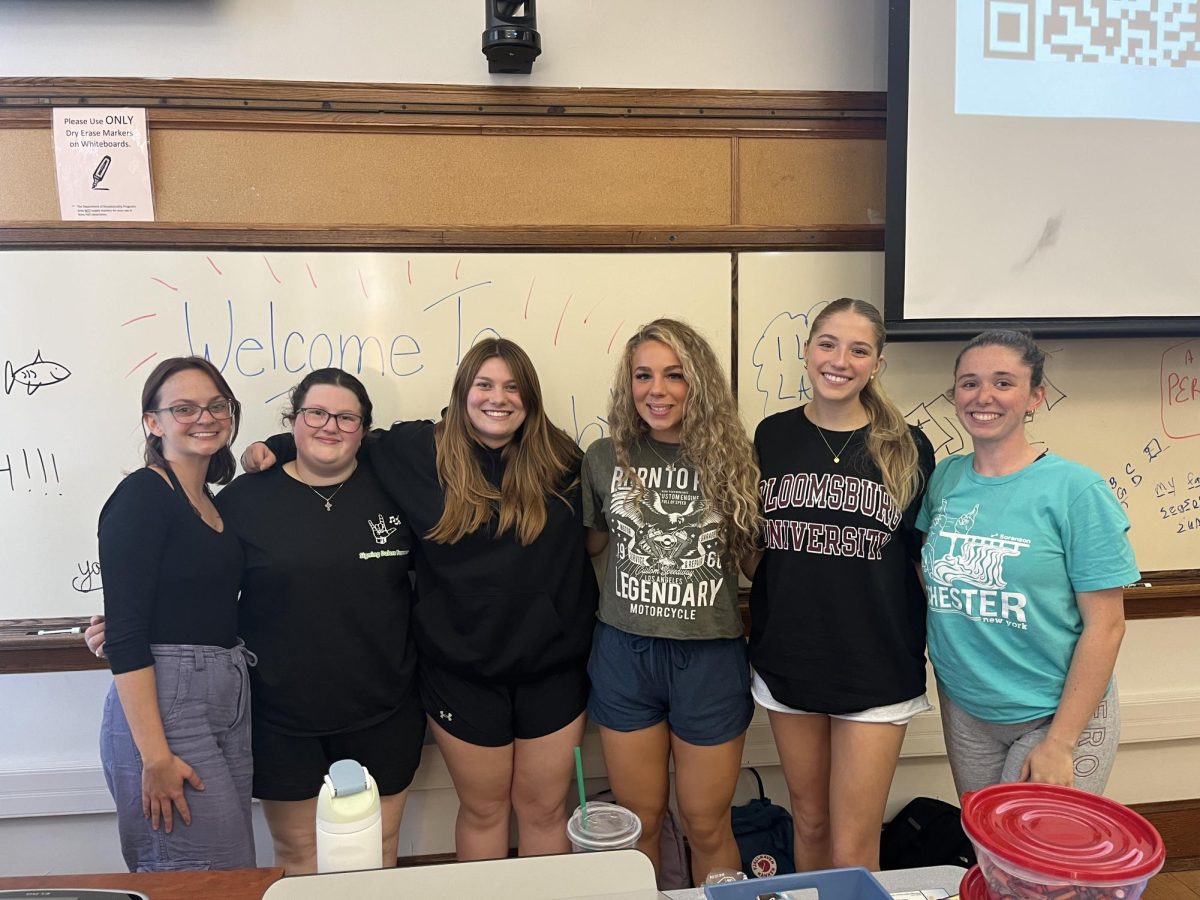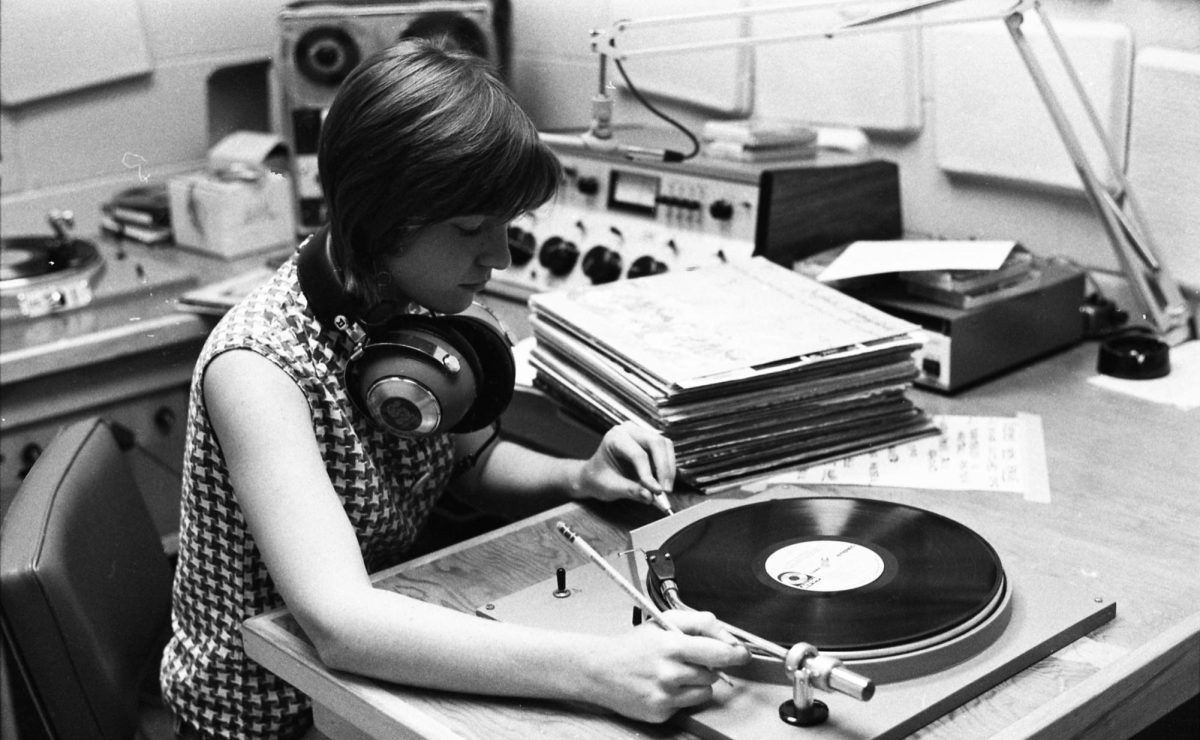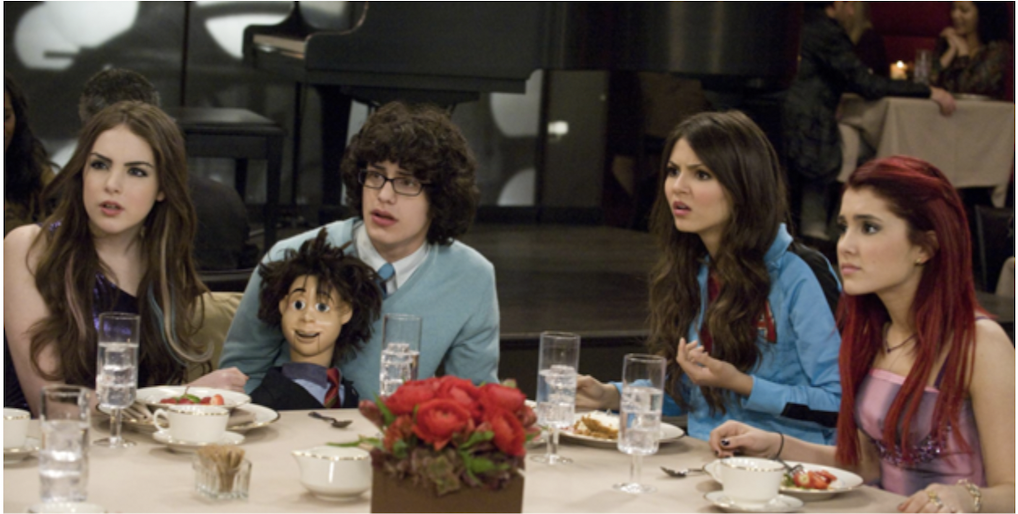One of my favorite memories as a kid was being able to wake up on Sunday morning, pour a bowl of neon-colored cereal, and turn on Nickelodeon.
With shows like iCarly, Victorious, and Drake & Josh, I could laugh, unwind and see characters my age navigating the same awkward and funny moments I was experiencing at the time. The glow of the TV and the sound of those theme songs felt like comfort itself.
Looking back, I’m hit with a rush of colorful nostalgia for a time when life felt simpler. But somewhere along the way, those shows disappeared. Is it just that Gen Z grew up, or has an entire generation of kids been left without the kind of media that once defined ours?
Since the late 2010s, streaming giants like Netflix, Disney+, and Hulu have completely reshaped the way we consume TV and movies. As networks pivoted to cheaper, faster, and more “bingeable” content, the golden era of teen sitcoms and after-school cartoons quietly slipped away.
It’s not that teen-centered media has “disappeared,” but it’s the fact that it has shifted to new locations and the focus has scattered across platforms like Netflix, TikTok, and YouTube.
It’s not so much about these types of shows not being made, but the fact that it is much harder to find now. While these platforms technically offer kids’ filters, there’s little separation between teen-friendly and adult content. As a result, kids are often pushed into shows and movies they may not be ready for.
Nickelodeon, Disney, and Cartoon Network were made solely to focus on kids and teenagers, where not only did they produce shows, but also made movie series, music, and stars who embodied the teenage experience.
Without those cultural homes, kids today turn to influencers as role models — and the problem is, those influencers are modeling adulthood, not adolescence.
Instead of watching characters their age stumble through first crushes, awkward friendships, or silly adventures, kids are watching young adults on TikTok in their 20s with perfect makeup routines, promote fast fashion hauls, and talk about relationships they can’t yet understand.
The line between childhood and adulthood is blurred, and instead of celebrating the messy in-between of being a teenager, kids are pressured to skip straight to looking and acting like grown-ups.
The result is a generation of kids who feel pressured to grow up too fast. Scroll through TikTok or Instagram and you’ll see middle schoolers dressed like they’re in their twenties, layering on makeup to mimic influencers, or chasing trends built for adults.
What used to be a time for awkward phases, goofy fashion choices, and trial-and-error is now being replaced by polished images and impossible standards.
Instead of learning to embrace the messiness of being a teen, kids are performing adulthood before they’ve even had the chance to experience adolescence.
Shows like iCarly, Victorious, and Lizzie McGuire didn’t just entertain, they gave kids a space to see themselves, make mistakes, laugh at awkward moments, and learn from characters their own age.
Networks and streaming platforms should invest in content that celebrates adolescence, not rushes kids into adulthood. By creating media built for teenagers, we can give kids a cultural home again, a space where growing up is allowed to be messy, fun, and entirely their own.
If networks and streaming platforms continue to ignore teen audiences, we risk raising a generation that skips adolescence altogether. It’s time to invest in media that allows kids to be kids and teens to actually be teens.


